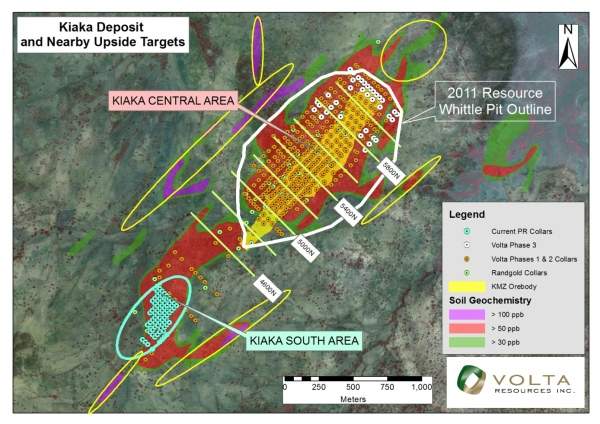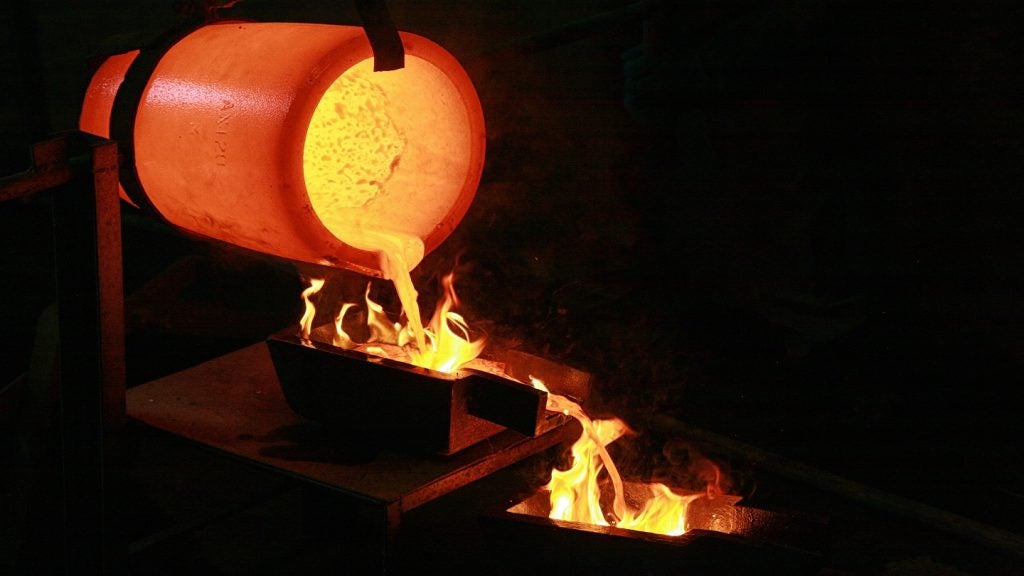Kiaka Gold Project lies in the southeast part of Burkina Faso, West Africa. The project’s exploration permit covers 183.80km². It is owned and operated by a subsidiary of Volta Resources, Kiaka Gold. GEP Minerals holds a ten percent interest in the project.
Volta is currently exploring the mine and has fast tracked its development. It commenced a pre-feasibility study for the mine in September 2011. Wardrop, a unit of Tetra Tech, is carrying out the study. It will use advanced engineering and innovative processes to determine the technical parameters which will optimise operations at the mine.
Results of the study are expected in the first quarter of 2012. Based on the pre-feasibility study, a bankable feasibility study is expected to be carried out by the end of 2012 or early 2013.
First production from the project is expected in 2014. The mine is expected to produce 400,000 ounces of gold during the first year of operation. Operating costs are estimated at $16.50/t.
In February 2012, Volta increased its holdings near Kiaka to 1,661km². The acquisition will further strengthen Volta’s position in Burkina Faso. The region boasts of good infrastructure with high quality gravel roads and year-round water supply from the Nakambe River.
Geology and reserves of the Burkina Faso-based project
The Kiaka project lies in the intersection of the Tenkedogo Belt and the Markoye Fault Zone. The area contains world class gold deposits in West Africa.
The main rock types found in the mine trending northeast include quartz mica garnet schist, quartz feldspar schist, amphibolites, quartz biotite schist and localised graphitic units.
The measured and indicated resources of the mine (as of June 2011) based on the technical report prepared by SRK Consulting are estimated at 90.29mt grading at 1.04g/t. The inferred resources are estimated at 38.52mt grading at 1g/t.
A new resource estimate, based on the ongoing exploration activities, is expected along with pre-feasibility.
Mineralisation of the Kiaka gold mine area
Mineralisation zones in the mine area trend north-south and are associated with networks of quartz mineralisation or disseminated sulphides. Exploration activities have determined a 1.9km wide mineralisation zone extending 750m and varying in thickness.
Gold mineralisation occurs in two zones, including a low grade wide zone and higher grade main zone within this wide zone. Mineralisation is also found in the hangingwall and footwall structures of the main zone. Although mineralisation is of a higher grade it is not as thick as the main zone.
Exploration and drilling carried out by Volta Resources
Volta acquired the Kiaka project from Randgold Resources in October 2009 for C$4m. Randgold had undertaken extensive exploration of the project area and identified six regional prospects. It has conducted reverse circulation and diamond drilling over the main deposit. A total of 295 holes and 12,484m of drilling was carried out by Randgold.
Since the acquisition, Volta has embarked upon an aggressive drilling programme aimed at fast tracking the development of the mine. In September 2010, a 50,000m drilling programme was launched to drill 250 holes. The programme aimed at increasing the inferred resources at the main deposit and north and south areas of the project.
In 2011, a budget of $20m was approved for the Kiaka project for carrying out 85,000m of drilling. The majority of the drilling will focus on the central area of the mine.
By July 2011, Volta completed 64,000m of drilling which generated the NI43-101 compliant resource estimate for the project. A total of 365 holes have been drilled by Volta.
In February 2012, Volta announced the discovery of a new high grade mineralisation zone about 700km southeast of the central zone of the mine. Reverse circulation drilling carried out at the mine encountered mineralisation over a strike length of 175m.
Volta plans to further drill the south and north area of the mine to increase resource estimates.
Environmental considerations of the Kiaka project
Environmental issues are minimal at the project site with the land being used only for subsistence farming. No flora, fauna or archaeological issues exist at the site.










